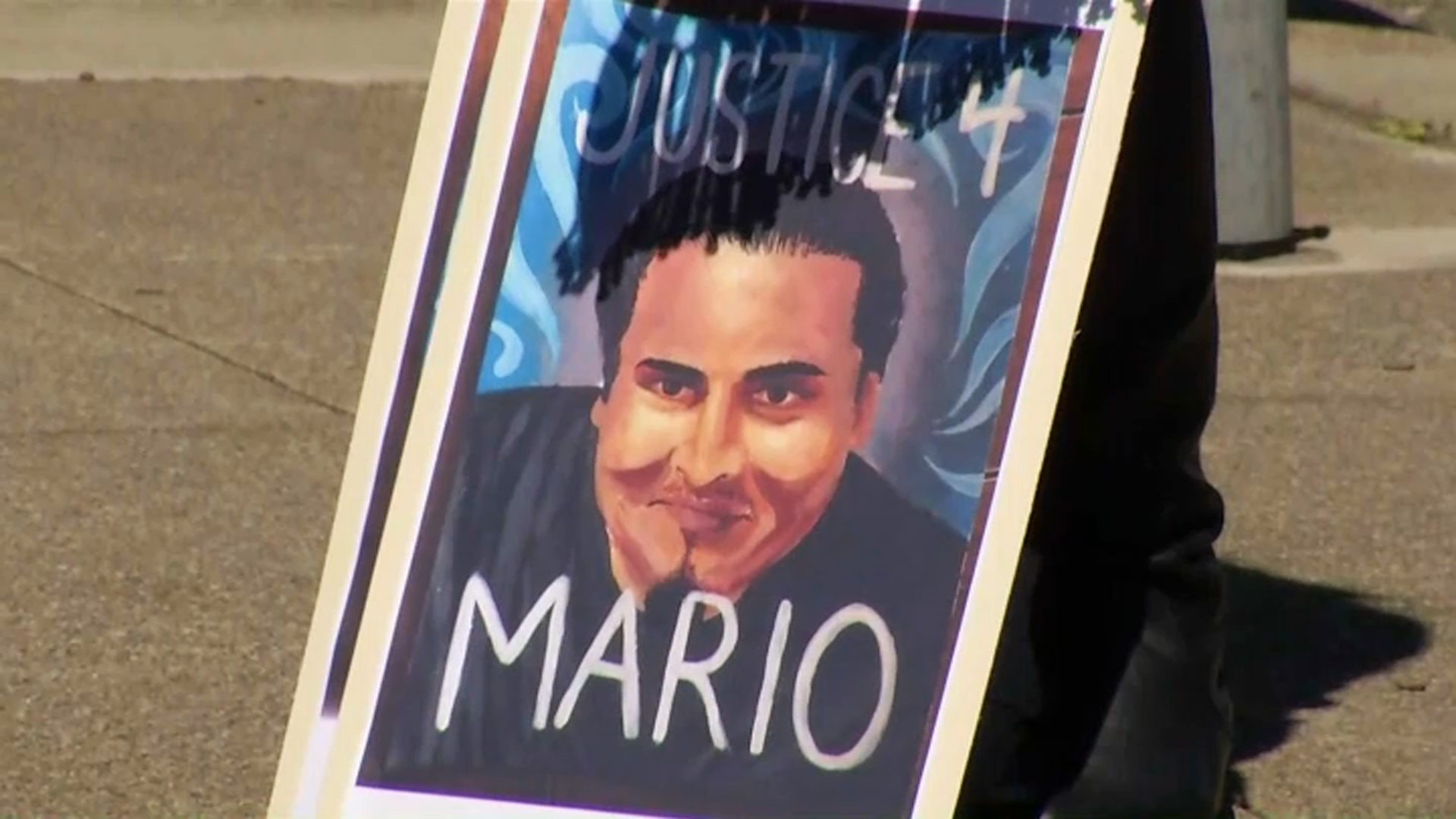Building tracks for the first section of California's proposed high-speed rail line will cost $2.9 billion to $6.8 billion more than originally estimated, raising questions about the affordability of the nation's most ambitious rail project at a time when its planning and finances are under fire.
A 2009 business plan developed for the California High-Speed Authority, the entity overseeing the project, estimated costs at about $7.1 billion for the equivalent stretch of tracks. Officials say those estimates were made before detailed engineering work and feedback from communities along the proposed route.
The latest estimates are contained in two environmental impact studies that were shared with The Associated Press before their public release on Tuesday.
The rail authority's chief executive, Roelof van Ark, said planners anticipated the higher costs as more information about land acquisition and other details related to actual construction became known.
"We've had cost increases, but I believe the costs are now realistic and fair," he said.
Van Ark also said he expects the estimated total cost of the project, originally pegged at $43 billion, to rise. Construction of the first stretch of tracks -- as much as 140 miles from south of Merced to just north of Bakersfield -- is scheduled to begin by September 2012 using $3.5 billion in federal money and an estimated $2.8 billion from the sale of state bonds approved by voters.
The higher cost estimates already have been factored into the federally funded construction, van Ark said.
Local
The decision to start the planned 800-mile system in the Central Valley, linking relatively small towns, has generated criticism that the project could become a high-priced "train to nowhere."
In a critical report earlier this year, the nonpartisan Legislative Analyst's office said the rail line should start near coastal population centers and recommended moving control of the project from the largely independent rail board to the state Department of Transportation.
The eventual plan is for a system of high-speed trains running from San Francisco to Los Angeles and Anaheim, with stops in the Central Valley.
Critics say the higher cost estimates contained in the environmental reports, the first detailed look at the project, is another warning sign that the rail line should be halted until cost and routing questions can be worked out. State Sen. Doug La Malfa, R-Willows, said he is preparing legislation that would ask voters to reconsider the project in June 2012.
Voters authorized $9 billion in bonds for the project in 2008, although most of those bonds have not yet been sold. "This thing is well on its way to massive cost overruns," La Malfa said.
The documents being released Tuesday lay out specific route alternatives for the 178 miles of planned tracks between Merced and Bakersfield, with an estimated total cost of $10 billion to $13.9 billion, depending on which route is selected.
The first portion to be built covers most of that area. Supporters of the rail project, the nation's most ambitious, said the private sector will be a significant source of funding and that the money will start flowing once work begins.
La Malfa and other critics say the fiscal problems facing the federal and state governments, and the likelihood that Congress will continue to cut federal spending as it tries to reduce the nation's debt could choke off funding.
"The costs are starting to escalate and we need to take a time-out," he said. Federal transportation officials remain supportive of California's project. The per-mile cost for the Central Valley segment is expected to be less than or in line with international averages for high-speed rail projects, said Roy Kienitz, undersecretary for policy with the U.S. Department of Transportation.
"Our goal is to help the state's decision-makers choose a design that avoids unnecessary costs, and we're pleased the authority has embraced many of the recommendations from the high volume of public response," he said in a statement.
Moving the initial section of tracks from the Central Valley would jeopardize federal money received for construction because it was granted with a strict timetable and requires that the work be done in the valley.
The environmental reports give a range of costs for different route options and contain higher land-acquisition costs based on a survey of specific parcels along the proposed routes.
For example, up to $3.8 billion of the increased cost is associated with elevating the train tracks for up to 42 miles. The rail authority will hold a series of public meetings and accept public comments until Sept. 28, before the board chooses a preferred route.



